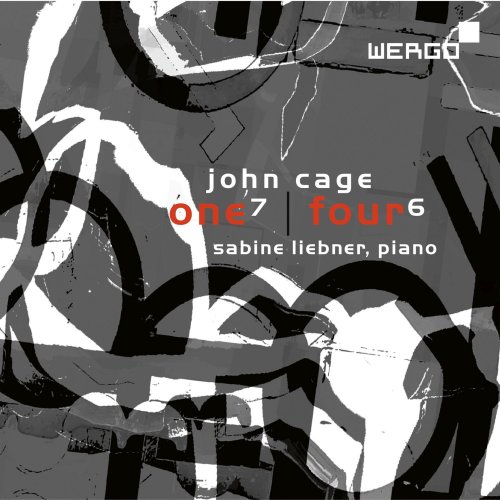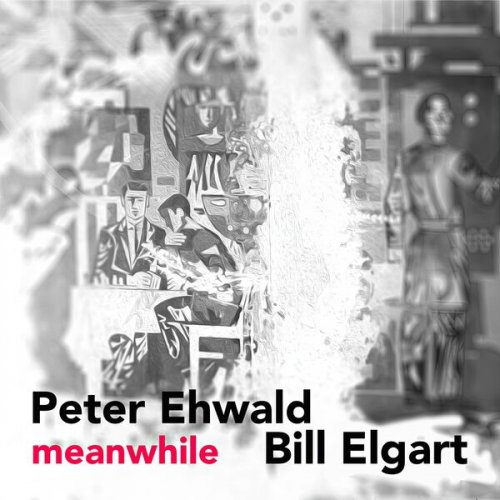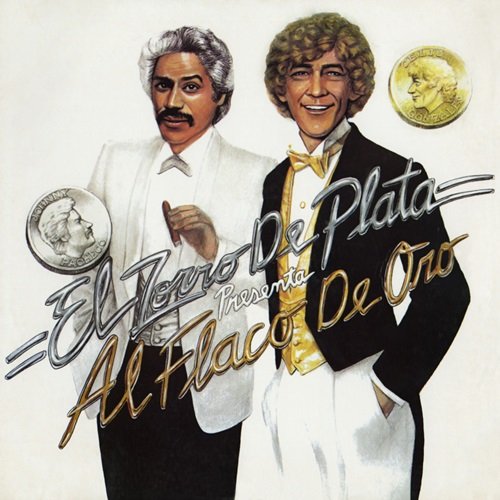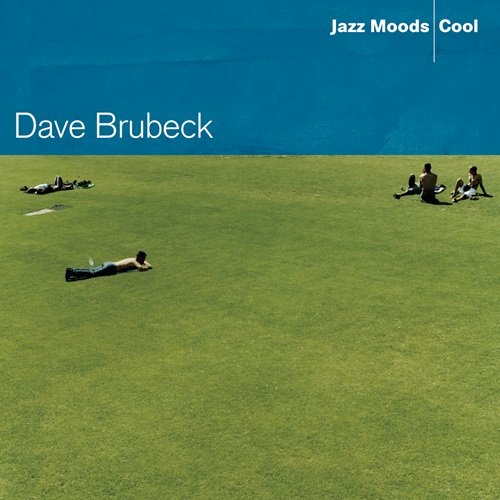Sabine Liebner - John Cage: One 7 / Four 6 (2014)

Artist: Sabine Liebner
Title: John Cage: One 7 / Four 6
Year Of Release: 2014
Label: Wergo
Genre: Classical
Quality: FLAC (tracks)
Total Time: 01:00:15
Total Size: 139 Mb
WebSite: Album Preview
Tracklist: Title: John Cage: One 7 / Four 6
Year Of Release: 2014
Label: Wergo
Genre: Classical
Quality: FLAC (tracks)
Total Time: 01:00:15
Total Size: 139 Mb
WebSite: Album Preview
1. One 7 30:15
2. Four 6 30:00
Performers:
Piano – Sabine Liebner
Music notation is a map providing points of orientation that allow players to walk the interpretative walk, their idea of how a piece might journey through time corresponding – hopefully – with the composer’s own. But John Cage’s late-period number pieces throw up precisely the opposite interpretative approach: Cage specifies notes and chords, and allies them to a time frame in which they can be placed; but the actual sounds to be used, and their ultimate duration, are left to the performer’s discretion.
Few performers of New York School compositions show sounder judgement and greater acumen than the German pianist Sabine Liebner, whose Cage, Feldman and Earle Brown recordings are always conceived thoughtfully and executed deftly. Four6 (1990) challenges the performer to keep four separate strata evolving concurrently – no easy task on one piano. So Liebner takes her time. From the margins of audibility, the first sound you hear is a gently fluttering harmonic mist of massaged piano strings which fades back into silence. And taking her time allows Liebner to signpost the characteristic sonic traits of the other three parts clearly: ‘noise’ sounds derived from the body of the instrument, individual notes that have been prepared with miscellaneous objects, and notes struck in the conventional way, fingers against keyboard.
‘Anarchic harmony’ was Cage’s way of describing the randomised layering that resulted as his number pieces ran their unpredictable course; but Liebner’s sensitivity for shape-shifting sound around an emerging structure, her intuition for when new sounds should be triggered while others decay, demonstrates the responsibility that comes with open-form freedom. One7 maroons erratic, sporadic and volatile sound events inside sanctuaries of silence and once again Liebner has thought each sound through, whether it be a conventionally played note, a punched cluster or a string from inside the piano made to sing via a sustaining device. Anarchy must never be mistaken for misanthropic chaos.
Few performers of New York School compositions show sounder judgement and greater acumen than the German pianist Sabine Liebner, whose Cage, Feldman and Earle Brown recordings are always conceived thoughtfully and executed deftly. Four6 (1990) challenges the performer to keep four separate strata evolving concurrently – no easy task on one piano. So Liebner takes her time. From the margins of audibility, the first sound you hear is a gently fluttering harmonic mist of massaged piano strings which fades back into silence. And taking her time allows Liebner to signpost the characteristic sonic traits of the other three parts clearly: ‘noise’ sounds derived from the body of the instrument, individual notes that have been prepared with miscellaneous objects, and notes struck in the conventional way, fingers against keyboard.
‘Anarchic harmony’ was Cage’s way of describing the randomised layering that resulted as his number pieces ran their unpredictable course; but Liebner’s sensitivity for shape-shifting sound around an emerging structure, her intuition for when new sounds should be triggered while others decay, demonstrates the responsibility that comes with open-form freedom. One7 maroons erratic, sporadic and volatile sound events inside sanctuaries of silence and once again Liebner has thought each sound through, whether it be a conventionally played note, a punched cluster or a string from inside the piano made to sing via a sustaining device. Anarchy must never be mistaken for misanthropic chaos.








